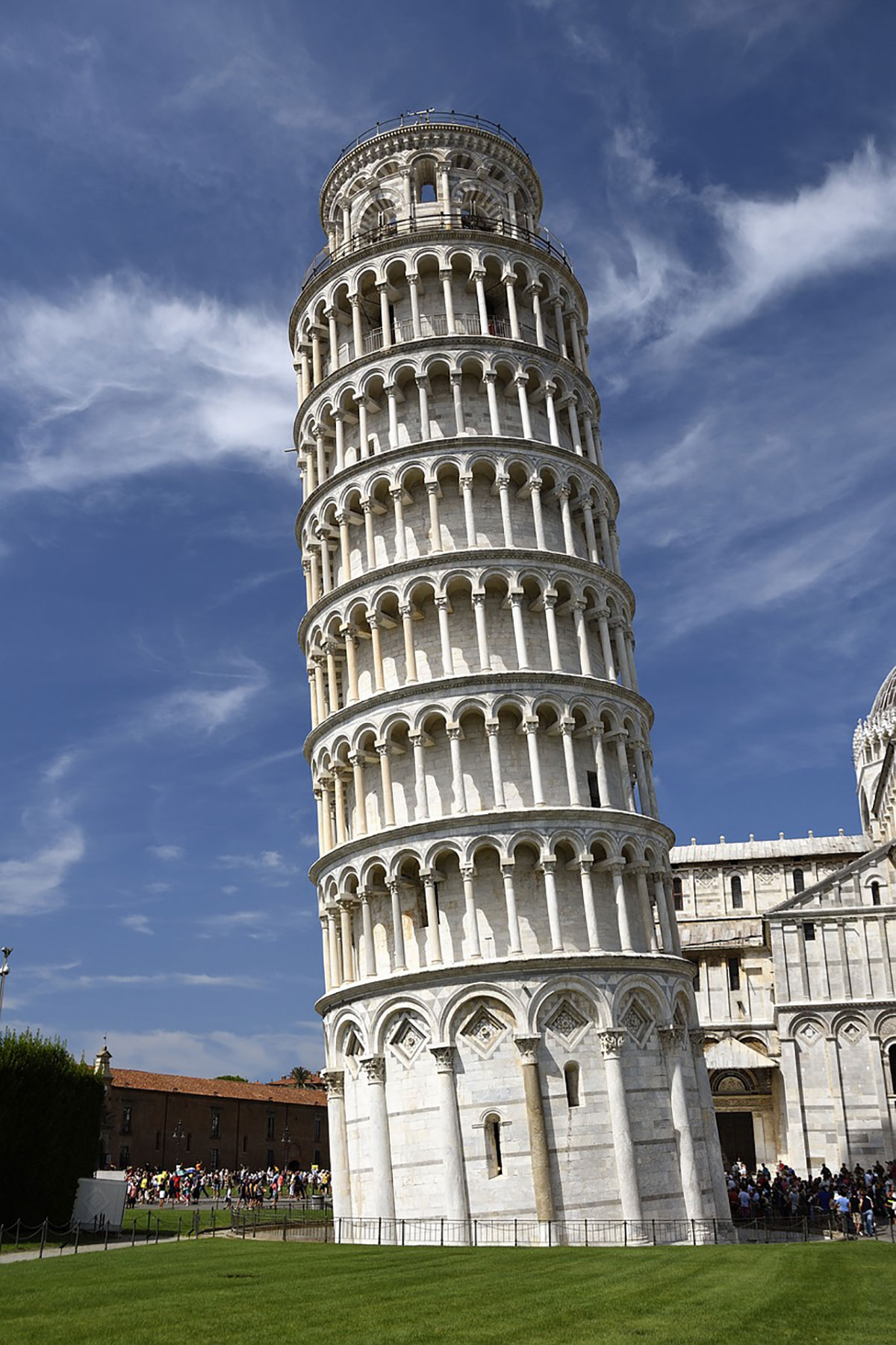
The concept of differential settlement refers to the excess displacement that can occur between the foundations of a structure. Such displacement is due to an uneven distribution of stresses in the soil over time. The existence of differential settlement often results in damage to both structural and non-structural elements of the building. Increased loads on beams and/or columns for which they were not designed cause cracks or fissures in masonry walls. In extreme cases, differential settlement can lead to the uninhabitability or even collapse of a building. Perhaps the Tower of Pisa is the most famous example of this structural pathology.

The most common causes of this phenomenon stem from one of the following issues:
–Soil characteristics: soft soils, such as clay soils, often favour differential settlement of buildings.
-Changes in soil moisture: increased soil moisture due to rainfall, for example, can lead to expansion of the soil and therefore differential settlement of a building.
–Deficient geotechnical studies: an erroneous geotechnical study may ignore or incorrectly assess intrinsic factors of the soil, such as its resistance where the project or building will be established.
To avoid this type of pathology, it is essential to carry out an in-depth geotechnical study and correctly analyse it. In this way, we will be able to determine the appropriate foundations and approach the design and construction of a building and its main volumes with sufficient guarantees that differential settlement will not occur.
By Jean Carlos Soto, Senior Structural Engineer in Amusement Logic’s Architectural Dept.






